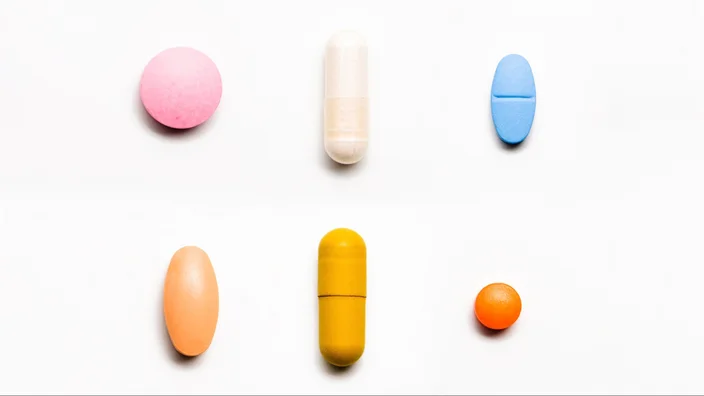Key takeaways:
- Controlled substances are medications with a likelihood for physical and mental dependence.
- A controlled substance falls into a category between Schedule I through Schedule V.
- Talk with your pharmacist and healthcare provider. They can help you get the medication you need for symptom relief and limiting side effects.

Drug categorization can be a confusing topic. It can also have a big impact on how you’re able to get the medicine you need. This is especially true if your healthcare provider prescribed a controlled substance. Besides federal restrictions, there are state regulations to consider.
In this article, we’ll talk about controlled substances. Learn what they are, how they’re classified, and what to know if you’re prescribed a controlled medication.
What are controlled vs. non-controlled substances?
We can break prescription medications into two sub-categories: controlled and non-controlled.
Most prescriptions for infections or for chronic conditions are non-controlled. For example, most blood pressure and cholesterol medications are non-controlled medications. Same with diabetes medications (including insulin), asthma inhalers, and antibiotics.
Controlled substances are medications that can cause physical and mental dependence. There are restrictions on how they can be filled and refilled. Controlled substances are regulated and classified by the DEA (Drug Enforcement Administration). Regulations are based on how likely they are for abuse and to cause dependence.
Some examples of controlled substances include:
- ADHD medications — like Adderall (amphetamine salt combo) and Vyvanse (lisdexamfetamine)
- Anti-anxiety medications — like alprazolam (Xanax) and clonazepam (Klonopin)
- Cannabis and marijuana products
- Nerve pain medications — like pregabalin (Lyrica)
- Opioid pain medications — like Norco (hydrocodone/acetaminophen) and tramadol (Ultram)
- Sleep medications — like zolpidem (Ambien)
